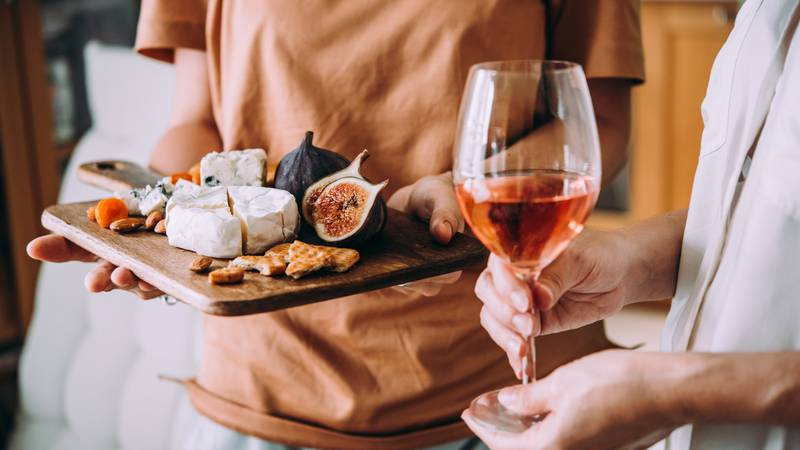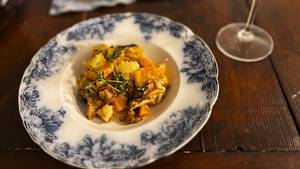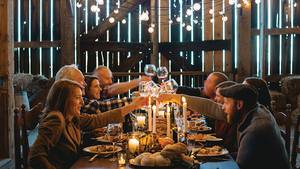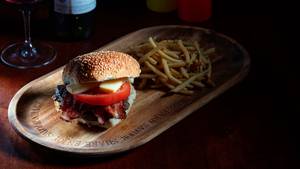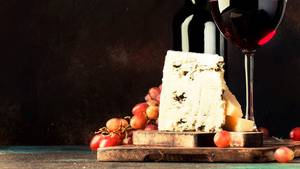Whether you travel for work or for pleasure, they are some vital elements to make a trip memorable. If you’re going back to a place you love, revisiting old favourites provides a sense of being at home. But leaving room in the itinerary for exploration and new finds is just as essential. It reminds you why travelling abroad is so enriching. The Rhône Valley has been my work ground on multiple occasions, especially this year. And as I write this, my luggage is sitting next two me; I am getting ready to go again for more adventures. Why go back so soon when they are so many other places to visit? Because the region is complex and the more you dig, the more you understand the subtilty and nuances of each appellation. My last escapade left me finding treasures in the Southern Rhône and wanting more.
Beside pulling out my sunglasses and leaving my wool sweeter behind, my first ritual when I arrive in this sunny clime is to order a glass of white. The array of white grapes which are usually blended together to combine freshness and generosity are some of the best-kept secrets of the region. Sure, we do find some good offerings in Canada, but setting foot on the arid land where they thrive opens up a world of possibilities. Mentioning a specific varietal is almost unfair. Grenache Blanc is just as interesting as Bourboulenc, Vermentino, Picpoul, Marsanne and Roussanne, just to name a few. And they become even more attractive when put into an assemblage and the sum becomes better than the part. But on this last trip, Clairette left me completely infatuated. Perhaps standing beside the non-irrigated 150-year-old vines in Lirac which belongs to the historical Château de Montfaucon was the catalyst. Despite the dry and hot climate, this late ripener grape thrives on many corners of the Southern Rhône. The resulting wines can be high in alcohol with soft acid but the pleasant bitterness on the finish and the charming white flower and orange blossom notes that mingle with citrus aromas gives you an impression of freshness. If you are lucky enough to find a bottle of the Vin de Madame la Comtesse de Montfaucon, buy it! It highlights all of the quality of Clairette that you might recognize when you find it as an ingredient in a blend. The wines under the appellation of Clairette de Bellegarde provide another great way to discover the virtue of this varietal.
Enjoying great products that express a sense of place offers real joy. That along its worth travelling for. This is especially true at a time where everything is becoming more and more homogenous. I raise my glass to the rosés of Tavel and Lirac who have resisted the temptation to follow fashion and craft pale and light rosés. Even though both have their own intricacies, they share a deep salmon colour and a lush palate with notes of pink grapefruit and red fruit underlined with some pleasant dried herbs notes. Robust and full of character, the wines from both of these appellations need to be enjoyed with food to fully shine. Steak tartare or a simple plater made of pâté and charcuterie puts a smile on any epicurean. For those who like to bring back souvenirs, those bottles will keep well for 3-5 years, at least! Nothing like a little bit of sunshine in a bottle to lift your spirit on a cold winter day. The sense of smell has this beautiful power of bringing back sweet memories and transport you to a place.
The site that left me dreaming and stole my heart on my last trip though is the bucolic rolling hills of Massif-Duchaux. This lesser-known appellation is a heavily wooded massif with a total of 201 hectares of vines. The landscape is rich in both flora and fauna and the red sandstone soils enriched with some siliceous and clayey elements crafts fresh red wine highlighted by an appealing minerality. The wines are made mostly of Grenache noir (min 50%) and blended with Syrah and Mouvèdre (min 20%). While Côtes du Rhône Villages Massif d’Uchaux AOC is red only, many producers craft excellent whites and sell them under Côtes du Rhône. If you are in the area, biodynamic producer Domaine de la Cabotte is a must visit. Be aware though, you might retire and never come back…
Keeping with the theme of freshness, the Côtes du Rhône Villages Valréas is another much loved. In this northern territory of the south, the Mediterranean climate is influenced by the winds of the alps and allows artisans to make wine with a little bit more crispness than other southern regions. The wines combine power and finesse and the best have an irresistible charm with a beautiful silky texture and potential for ageing. Clos Bellane finds its way to Canada, look out for it. Slightly further south, Visan is another gem. The locals attribute the elegance of the wines to the clayey-limestone soils. The reds make up 93% of the production and the flavour profile is made of red and dark fruit with spices that add complexity. Grenache and Syrah, with some Carignan and Mourvèdre are the usual suspects.
The last stop of my last visit was Gigondas. This is also where I will be starting my next trip. Why? Because when I first discovered the Rhône Valley more than 20 years ago, Gigondas was my first love. And just like in a good long-lasting relationship, the more I peel off the complexity of the geology and the terroir, the more awestruck I am. Sitting at the foot of the breathtaking Dentelles de Montmirail, the appellation of 1200 hectare is blessed with woodlands that have been protected since the 1978. The mix of limestone with the cold air that comes down in three different areas and regulates the excess of heat are just some of the factors responsible for making exquisite reds and savoury rosés. Here you find wine with different characters but complexity, structure and freshness are always au rendezvous. Producers are also waiting patiently for the approval of white Gigondas. Very exciting! Without a doubt, hiking is a stunning way to explore the mountain. For those not afraid of steep hills, bike is another great option.
One can’t fully grasp the diversity through a book, a single trip or by reading a text. The best tactic to get a full understanding is to eat with the locals, taste with the producers, and if you can, stay a few weeks. Each area has its own particularity worth exploring. But until you are able to jump on a plane, I strongly recommend satiating your curiosity through drinking the wines of the area. It’s an affordable and delicious way to travel. Santé!
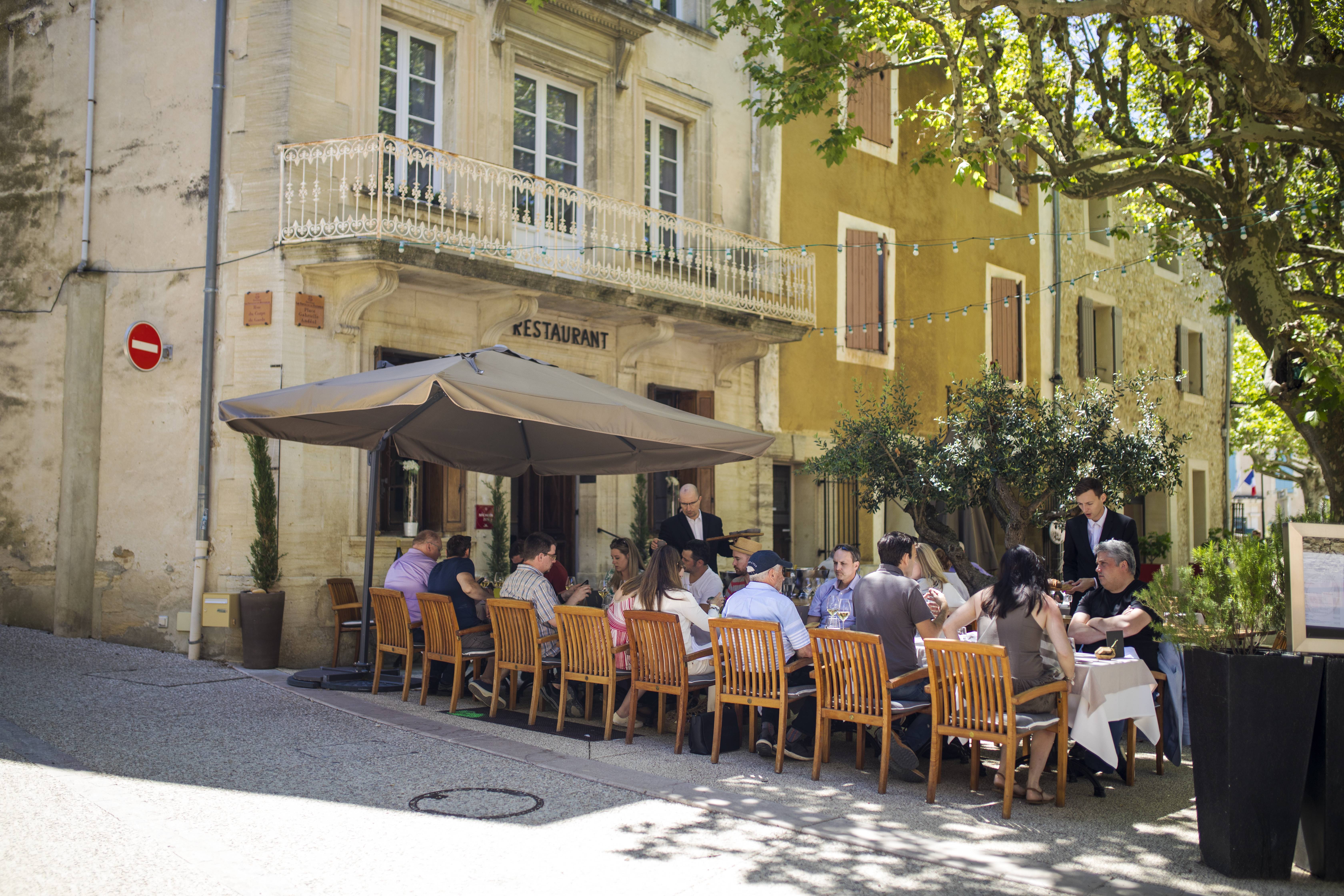
A group dines in the comfortable environs of Gigondas' L'Oustalet which recently received its first Michelin star.
Places to eat in the Southern Rhône…
L’Oustalet at Gigondas
La Table de Sorgues at Sorgues
La Beaugravière at Mondragon
My favourite option: buying fresh products from the local markets and cooking dinner.

